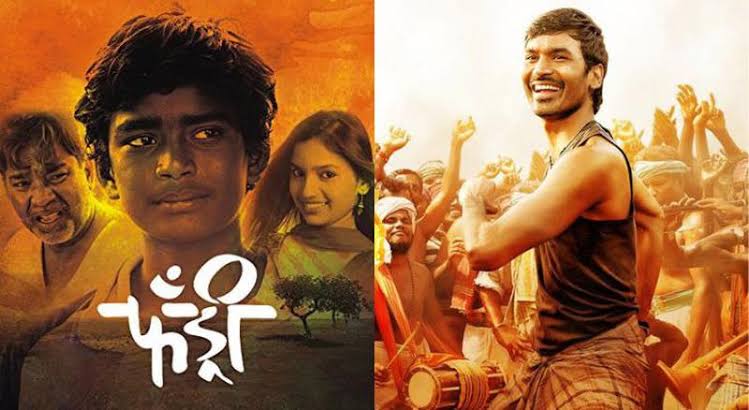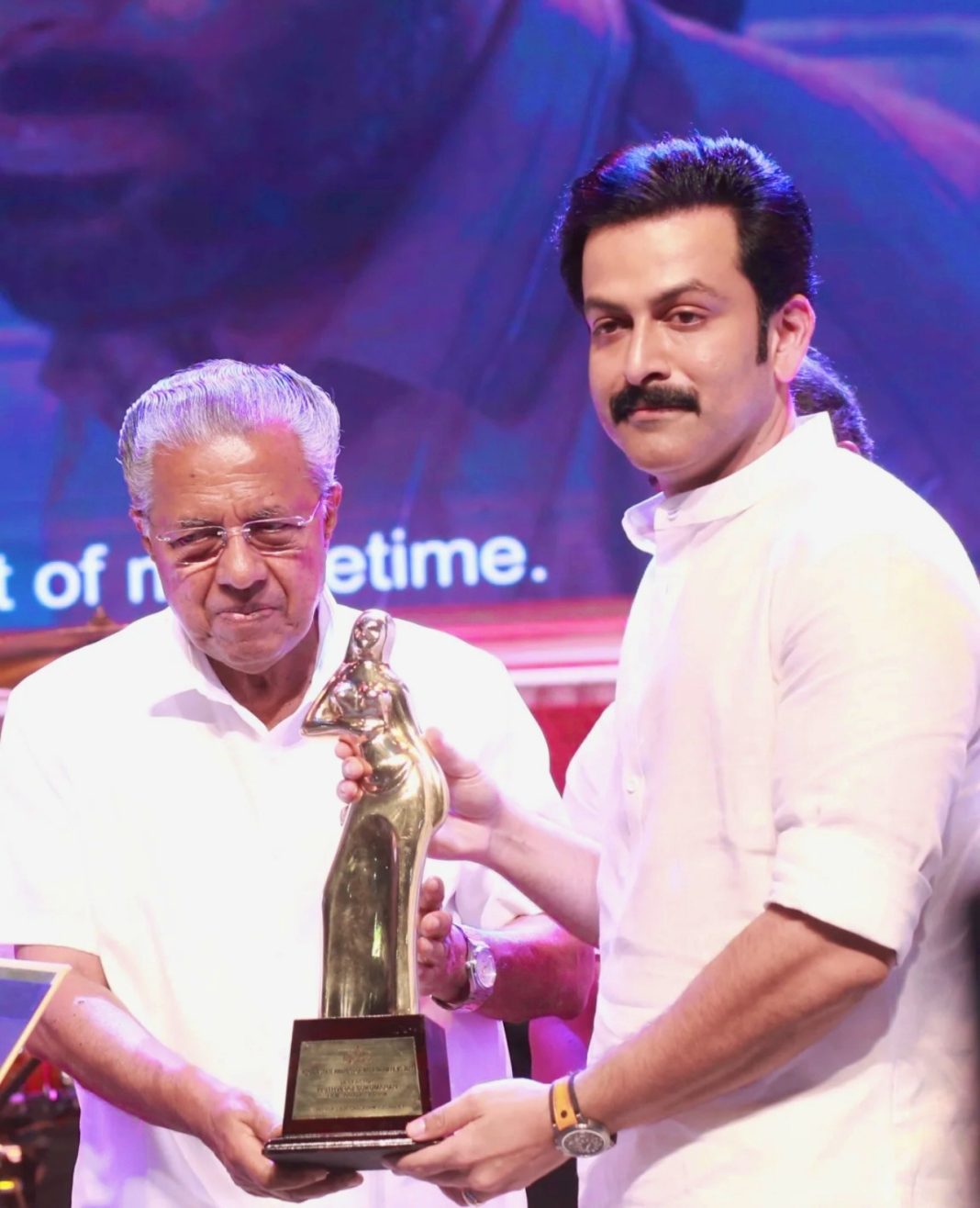Indian cinema has long tackled the caste system head-on—boldly, unflinchingly, and often uncomfortably. It began with Ankur (1974), followed by the gut-wrenching Bandit Queen (1994). Films like Swades (2004) and Aakrosh (2010) brought caste and class disparities into the mainstream conversation, while Aarakshan (2011) took on the education system’s role in social inequality.
The last decade witnessed a wave of powerful storytelling—Fandry (2013), Masaan (2015), Manjhi the Mountain Man (2015), Sairat (2016), and Mukkabaaz (2017) exposed the harsh realities of caste in both urban and rural India. Then came Super 30 (2019), Sonchiriya (2019), and the landmark Article 15 (2019), each intensifying the conversation. Jai Bhim (2021) took it even further, becoming a symbol of cinematic activism.
Post link: https://www.instagram.com/p/DIicOu1sNTX/?igsh=MXExMnJwNDcxM2Jiag==
And now, in 2024, Vedaa joins this powerful lineage.
Cinema is meant to reflect society—and sometimes that reflection isn’t easy to look at. Why the current discomfort with films like Phule and Santosh? Why the delays and backlash? Has Bollywood’s courage dulled—or is the truth too inconvenient to screen now!




